Owning a cat is one of the most fulfilling things in life. Her companionship and unconditional love are also out of this world.
When she curls up in your lap as you watch TV or rub her tiny heads against your feet, your heart fills with so much joy.
Sadly, having a cat means embracing the ugly side of felines as well.
One of the not-so-good things about cat ownership is overstimulation.
One minute your feline friend will act as if she’s enjoying being petted only to swat and bite you from nowhere a few minutes later.
Where did you go wrong? Does it mean your cat doesn’t like human touch? Is she naturally aggressive?
The behavior can throw you off guard concerning your relationship with your cat.
That’s why today we have put together a guide that addresses this important issue in the feline world: overstimulation.
What Is Overstimulation In Cats?
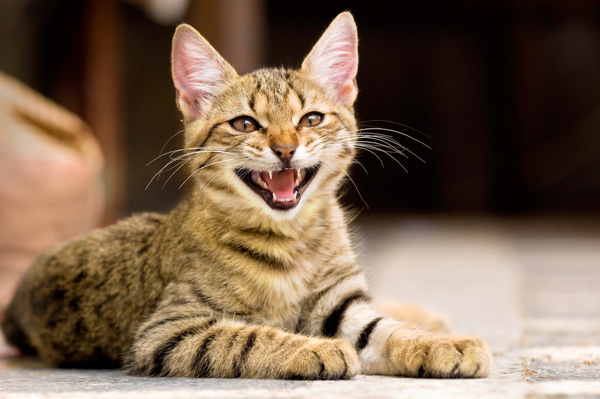
In simple terms, overstimulation or petting-induced aggression is the response of certain cats to being touched in certain areas or ways that make them uncomfortable.
Some become overstimulated when petting goes on too long or play becomes rough.
Domestication has gotten felines used to human touch to some extent. However, many of them are still uncomfortable with too much contact.
The degree of discomfort varies for different cats. Some can handle petting for a few minutes before they reach their limits.
For others, the areas touched matter more than the length of time of contact.
Their response of swatting or biting is their way of saying, “I don’t like what you are doing.”
Why Do Cats Get Overstimulated?
Naturally, cats are not fans of contact with other creatures.
Granted, they do groom and play with other felines but for the most part, they like their own space.
Some will enjoy contact with you or another cat for a few minutes before it gets overwhelming.
When you think about it, the story is the same with humans. When someone is constantly touching you, it reaches a point when it will start to be annoying.
Since you are built to communicate to others with words, you will not resort to biting and scratching like your kitty.
A cat can also be overstimulated if she is touched in a sore spot on her body.
Perhaps she has a medical condition that the person touching her is unaware of. If you apply pressure on the area, she will become aggressive just to show her displeasure.
Is Overstimulation Bad For Cats?
Well, overstimulation is both good and bad. It gives your cat an opportunity to communicate her feelings and create boundaries.
In case she’s hurt somewhere or has past trauma, you will know and hopefully, do something about it.
Oppositely, this kind of behavior can damage your bonding and relationship.
It can be disappointing to learn that your cat doesn’t want to be petted.
If bitten or scratched, you may not want to bond this way with the kitty in the future.
God forbid you pushed her away when she bit you, she may reciprocate by staying away from you for good.
How Do You Tell If A Cat Is Overstimulated?
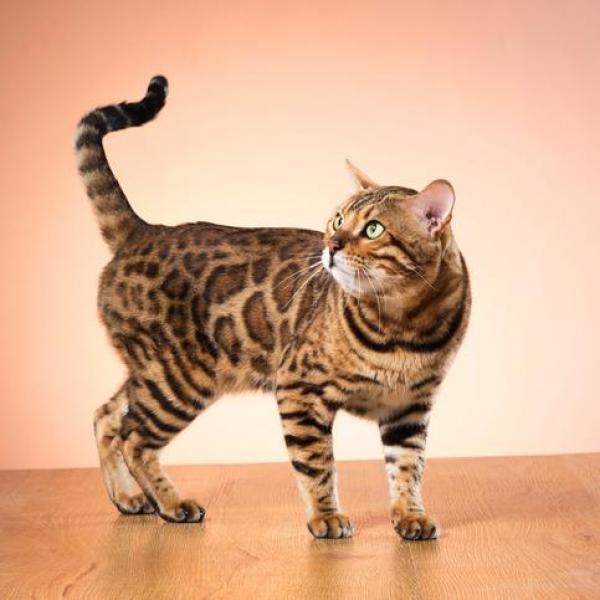
It takes a quick lesson on feline communication to know when your cat is overstimulated
. She will show you plenty of signals before she swats or bites you. These include the following.
- Dilated Pupils: A relaxed cat displays small and slit pupils in her eyes. However, when she’s had enough of the petting, she will spot dilated eyeballs. First, the eyes will open wide then her pupils will enlarge and form bigger circles inside the eyes.
- Wagging Tail: Another common sign of an overstimulated cat is a tail that goes up and twitches in a fast motion. The faster the wagging of the tail, the intense the stimulation.
- Tense Body: If the cat’s body is tensed or frozen, it means she’s really uncomfortable and doesn’t like it.
- General Restlessness: Stimulated cats also become restless before they throw in the towel and communicate by swatting and biting.
- Twitching Of The Skin: Does your cat’s skin twitch when you try to pet her? She’s not happy at all and is politely asking you to stop with the contact.
- Sudden Turn towards Your Hand: When touched in the wrong way or place, most cats will make a sudden turn and watch the hand doing the petting.
- Flattened Ears: As you already know, a relaxed cat has her ears pointing forward. When she’s overstimulated, the ears will fall back and flatten against her face.
- Flattened Whiskers: Besides the ears, a nervous or anxious cat will turn her whiskers – first on the sides then behind against the face.
How to Calm an Overstimulated Cat
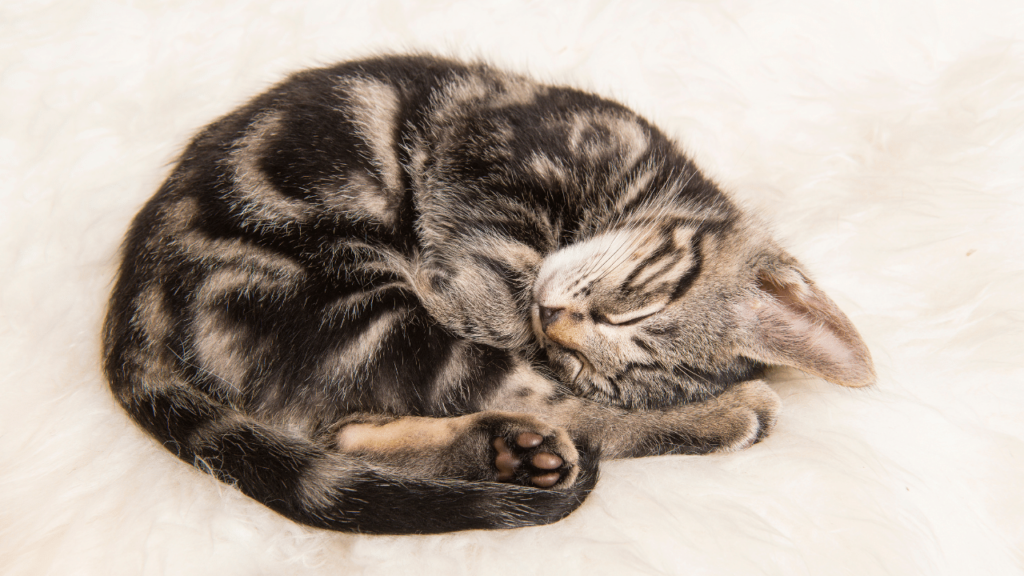
When you see any of the symptoms of overstimulation of cats, it’s time to stop contact with the kitty.
Instead, do the following.
I. Offer A Treat
No matter how stimulated your cat is, she is less likely to say no to her favorite treat.
The minute she shows signs of displeasure with petting, grab a piece of chicken or tuna and hand it to her.
As she chomps on the treat, try to gently pet her once again. Notice how she behaves.
If she’s still stimulated, let her eat in peace. Revisit the petting later.
II. Let The Cat Slide Off Your Lap
If the cat is lying on your lap, don’t push or put her down when she gets stimulated. This may affect your bonding in the future.
Instead, let her slide off your lap on her own terms.
Stand up slowly just to let her know she can leave.
She will get the message and do that just.
III. Walk Away From the Cat
If the cat is still insisting on you giving them attention yet she’s overstimulated, walk away for a while.
This will give her a break from petting and get her in the mood to bond again.
IV. Let the Cat Be
Another great way to let the cat calm down is to let her be. This is essentially like giving her a break.
After a few minutes, try contact again and see if she’s up to it. If she’s not, give her space until later.
V. Shift The Cat’s Attention
A throw pillow, toys, or even a rolled-up sock can shift the attention and focus of the stimulated cat.
Why Does My Cat Get Overstimulated So Easily?
Unlike dogs, cats are very sensitive. Contact is just not among their instinctive habits.
Regardless of how much they enjoy petting, too much of it can freak them out.
Besides petting, cats can get stimulated by other factors that cause them to lose control.
Perhaps you recently moved houses and she’s still transitioning emotionally.
Is there a chance that she was abused before coming to your house? Touching her can bring back the memories.
What if she’s actually sick and needs medical help? These are things that can get a cat stimulated easily.
Overstimulated Cat Attacks
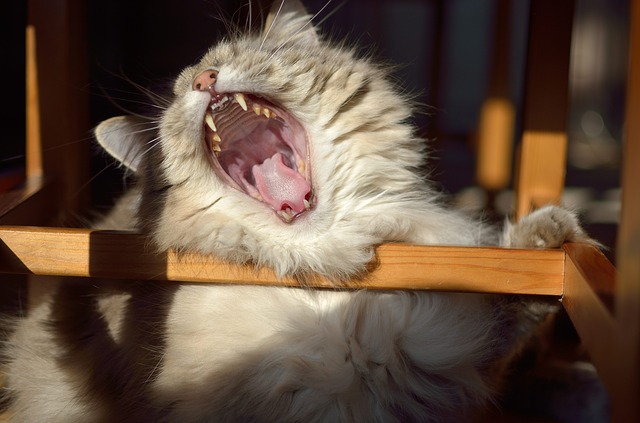
As said before, your cat will give you clear signs that petting is no longer fun for her.
If you don’t do anything about it, the claws and teeth will come out. You’d be lucky if she doesn’t draw some blood from you.
According to World Health Organization (WHO), cats are responsible for 2-50% of animal bites in the world.
In the United States alone, about 40,000 cat bites are recorded every year.
Further, 66,000 visits to the emergency room in different hospitals yearly are caused by cat bites.
Granted, not all of these cat bites are induced by overstimulation.
However, we can predict that a majority of them are. Learning your cat’s body language can help these statistics to go down significantly.
Important Tips
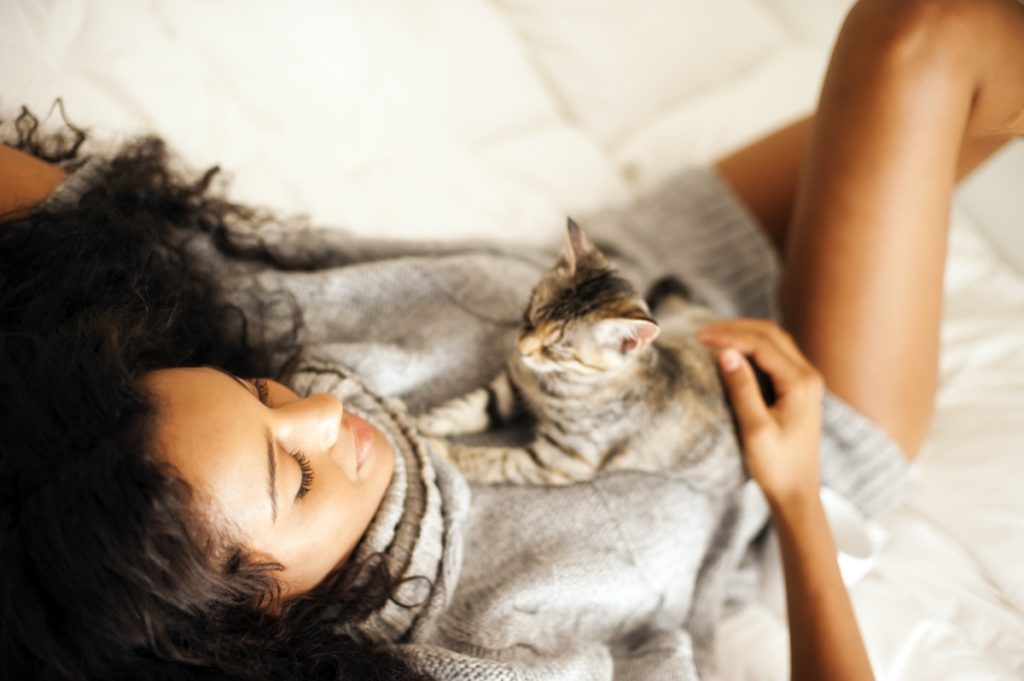
There are things you can do to reduce overstimulation in your cat.
A. Learn What Your Cat Likes
It is your responsibility to know what triggers your kitty and makes her stimulated.
Is it that the sessions are too long for her? Does she not like petting at all? Is she sick?
Once you figure out what works, you can prevent occurrences in the future.
B. Explore Other Bonding Methods
Cuddling and petting aren’t the only ways to bond with a cat.
If you notice your cat becomes stimulated easily from contact, try other play methods.
Get a feather toy and play chase with the kitty. How about you pop a laser toy and let her follow it around?
Make sure you offer a treat reward after the game.
C. Don’t Punish Overstimulation
Dealing with cats needs sensitivity on your part. Punishing them for stimulation lets them associate petting with punishment.
To avoid a situation where your cat dreads playing with you, stop with any form of punishment.
Let her walk away if she wants to. When she comes back, offer a treat as a way of reinforcing the behavior.
Parting Thoughts
Petting a cat comes so naturally to a cat owner. It’s hard to resist running your hands over your pet’s coat of silky and smooth fur.
Sadly some of our feline friends don’t fancy petting. Others don’t mind it but only in certain areas and for a limited amount of time.
The trick is to understand your pet and offer what she needs.
Related Posts:
How Long Does It Take For A Kitten To Get Used To You?

Hi! I am Eleanor Price. I started this website after my cat, Louie, almost died from a case of botulism (a type of food poisoning often caused by bacteria that grow on food items). Turned out that my cat’s diet was the problem. I have made it my duty to provide the best information and recommendations about everything cat lovers need to know about their felines’ health and wellbeing. My goal is to find the most informative content on anything feline-related and share it with fellow hardworking kitty lovers.

